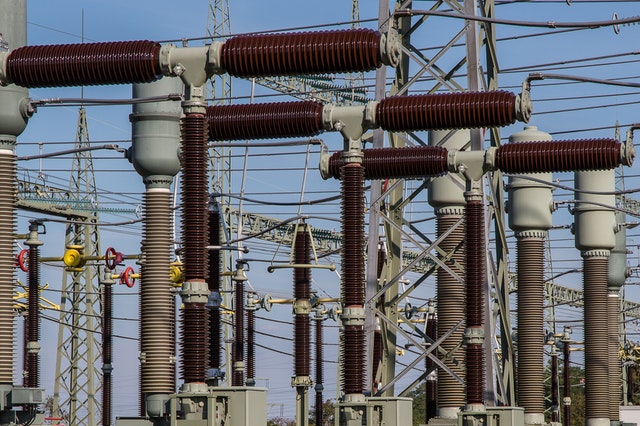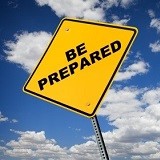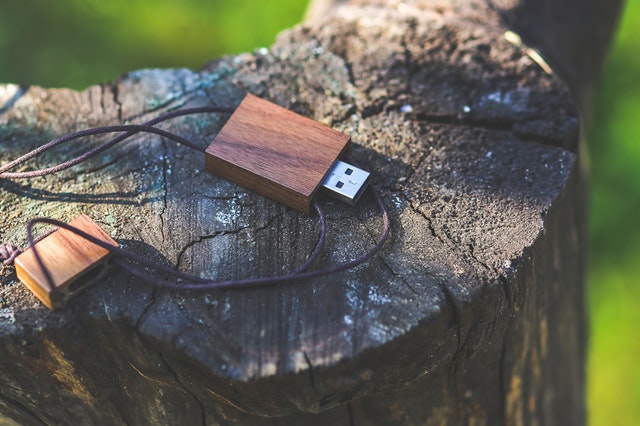
If you’re smart, you’ve taken our advice and made plans and preparations to help your family survive a long-term natural or man-made disaster. But have you really considered what you should do first, hour one and day one, if such a disaster happened right now?
What’s the FIRST THING you should do when you realize our power grid has been fried and the power may be off for MONTHS or YEARS?
That’s a pretty important thing to consider! Advance planning for Day 1 can make things go much better for you and your family, later on. Here’s the action plan I’ve come up with for Day 1 of an EMP attack:
 When the power goes off, the city water system will not be able to pump more water, but the gravity-fed tanks are still full of clean water. Collect clean tap water while supplies last, but realize that when a water system loses pressure, the water is no longer clean and must be boiled before drinking. So as long as the pressure is strong, it’s good water. When pressure begins to drop, don’t drink it without boiling first.
When the power goes off, the city water system will not be able to pump more water, but the gravity-fed tanks are still full of clean water. Collect clean tap water while supplies last, but realize that when a water system loses pressure, the water is no longer clean and must be boiled before drinking. So as long as the pressure is strong, it’s good water. When pressure begins to drop, don’t drink it without boiling first.- Check the house for electrical fires. An electrical surge over the power lines can cause some appliances to burst into flame. Be sure to have a few fire extinguishers around the house.
- Do not open your Faraday boxes for a few days, in case there’s a followup attack.
- It’s a good idea to make a small Faraday box of electrical items you’d like to have from day one, but things that are duplicated in your big Faraday boxes, in case the day one stuff gets zapped by a followup attack. One of these multi-purpose devices might fit the bill, with emergency radio (both AM/FM and NOAA bands), flashlight, and hand crank generator all in one appliance. Get one and put it in a small Faraday box, like inside a cardboard cereal box tightly wrapped in 2 layers of heavy duty aluminum foil. That way it should be usable even after an EMP attack.
 Eat what’s in your refrigerators/freezers, as much as possible, before it spoils, while minimizing opening the doors. Keep some “freezer ice packs” in freezers to help keep things cold longer after the power goes off. Once they power goes off, refrigerators and freezers become “ice chests”, keeping food cool as long as the ice lasts.
Eat what’s in your refrigerators/freezers, as much as possible, before it spoils, while minimizing opening the doors. Keep some “freezer ice packs” in freezers to help keep things cold longer after the power goes off. Once they power goes off, refrigerators and freezers become “ice chests”, keeping food cool as long as the ice lasts.- Get weapons out and ready for self-defense.
- Get wood fires burning, if weather is cold, or for cooking.
- Get cash together, because most people won’t realize, at first, what is happening to their world. For a few days, at least, cash will still have value. But avoid Walmart. It will be overrun. Spend all the cash you have on anything you want, because it will soon be worthless. Later on, items for barter (trade) will be more important than cash. It’s assumed that weapons and ammunition will become the new cash, things of value worth trading for. Also, maybe stock up on beer. It “keeps forever” and could be a good trading item.
- Talk to your neighbors, let them know what you think is going on, and that’s it critical to set up a “neighborhood watch” to protect each other. Tell them to use their cash, also, because you want them supplied and happy as long as possible. Advise them to start rationing their supplies, as the emergency may be long-term.
- Start thinking about a home security plan, how to be on guard day and night. If you don’t have a dog, try to get one. They are excellent for watching for intruders while you are sleeping. Get a small dog. They need less food.
- Check battery powered devices to see if they still work. This includes cars and golf carts. Some might still work.
- Start planning for daily food and water, and heat in winter. Look at caring for chickens, planting a vegetable garden, etc.
- Try to find out what’s going on at the community, state, and natiional level.
- Print this page out NOW, and store it with your other survival supplies, because you won’t be able to access it online after disaster strikes.

 Did you know it’s possible to access Wikipedia when you’re off-line…even if the Internet is down for years?
Did you know it’s possible to access Wikipedia when you’re off-line…even if the Internet is down for years?